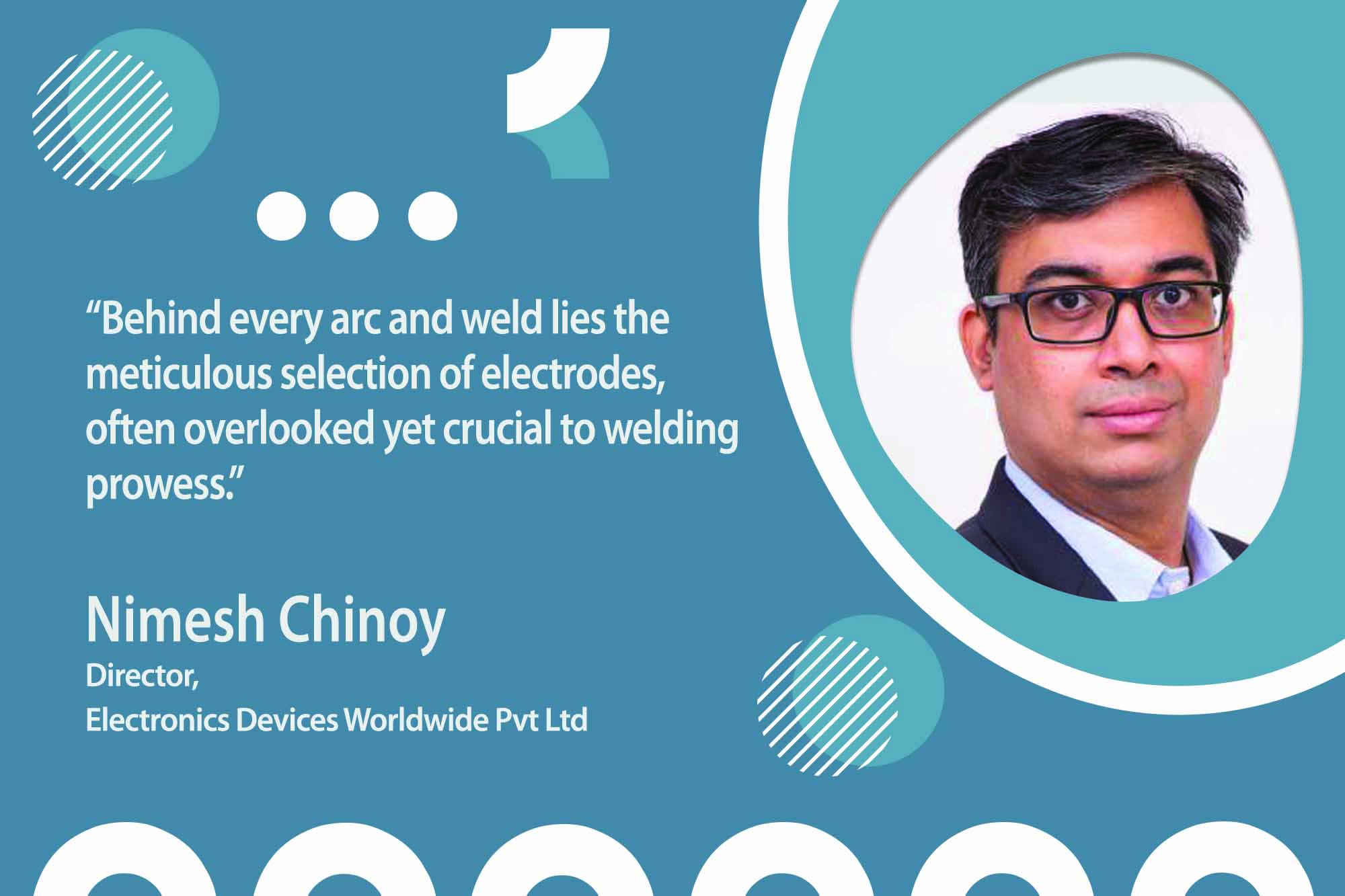The industrial welding landscape is rich with diverse and time-tested techniques, each contributing uniquely to the grand symphony of fabrication. From the enduring legacy of arc welding methodologies to the intricacies of Mig Mag and submerged arc welding, the industry boasts a tapestry of practices. While laser welding and plasma arc techniques suggest futuristic possibilities, our focus is on delving deeper into the stalwart techniques that have been the cornerstone of welding practices for decades.
Deposition rates
Deposition rates, a key measure of production and efficiency in welding, highlight the capabilities of various techniques. Single-wire submerged arc welding leads with rates up to 16 kilograms per hour, followed closely by flux core wires ranging from 1 to 15 kg/h. Standard arc welding tops at 5.5 kilograms per hour, while Mig Mag welding covers a broad spectrum from 600 grams to 12 kilograms per hour. These figures offer a comprehensive overview of efficiency across different welding methods.
Automation
The journey towards enhanced welding efficiency unveils the transformative power of automation. Transitioning from traditional machines to advanced inverter-based systems not only mitigates spatter but also achieves significant energy savings ranging from 30 percent to 60 percent. The synergy between human expertise, cutting-edge machinery, and consumables becomes the bedrock of heightened productivity and precision in welding operations.
Electrodes
Behind every arc and weld lies the meticulous selection of electrodes, often overlooked yet crucial to welding prowess. Electrodes such as 6013, 7018, and cellulosic variants for pipeline welding stand as the silent architects of precise craftsmanship. Transitioning from traditional arc welding to semi-automatic Mig Mag or flux core wire assembly opens pathways to unprecedented levels of productivity and quality in welding applications.
Thin wire-submerged arc processes
Thin wire-submerged arc processes emerge as a catalyst for productivity, particularly in infrastructure projects where efficiency is paramount. With applications in PBS and bridge construction, this technique, tailored for thicknesses ranging from 5 to 15 millimeters, holds the potential to revolutionise the construction landscape by accelerating fabrication processes while maintaining structural integrity.
Mig Mag welding
Widely embraced in automotive and heavy fabrication sectors, Mig Mag welding stands as a paradigm of speed and automation. Balancing velocity and precision becomes the linchpin for successful implementation, as challenges like burn-throughs and spatter cleaning underscore the need for skilled craftsmanship and advanced techniques.
Advanced power sources
Stepping into the realm of advanced power sources, synergic pulsed systems usher in a new era of efficiency and intelligence in welding operations. Catering to both skilled and less-skilled welders, these systems are poised to redefine the landscape of welding productivity by optimising parameters and ensuring consistent weld quality across various applications.
Cold wire and hot wire feeders
For TIG welding aficionados, the introduction of cold wire feeders and hot wire feeders signifies a renaissance in capability and efficiency. By reducing material costs and accelerating welding speeds by up to 40 percent, these feeders propel TIG welding to unprecedented heights of precision and efficiency, opening new avenues for intricate and high-quality welds.
Combining automation solutions
In the pursuit of welding excellence, the integration of automation solutions such as cold wire feeders, hot wire feeders, and AVC (automatic voltage corrector) presents a bespoke strategy for precision welding. This suite of solutions comprehensively caters to diverse welding requirements, ensuring tailored excellence and efficiency in every application, from intricate aerospace components to heavy-duty structural assemblies.
Accelerated TIG welding
Accelerated TIG welding, showcased by advancements like Swart Sigma Well, is at the forefront. These techniques, delivering enhanced penetration and speed, offer efficiency gains of over 20 percent. Ideal for diverse materials and applications, they prioritise precision and productivity.
In industrial welding, the adoption of advanced techniques is not just a preference but a necessity for competitiveness and meeting modern fabrication demands. Traditional processes form a robust foundation, and cutting-edge innovations contribute to a tapestry of efficiency, precision, and sustainability.
Cookie Consent
We use cookies to personalize your experience. By continuing to visit this website you agree to our Terms & Conditions, Privacy Policy and Cookie Policy.





















